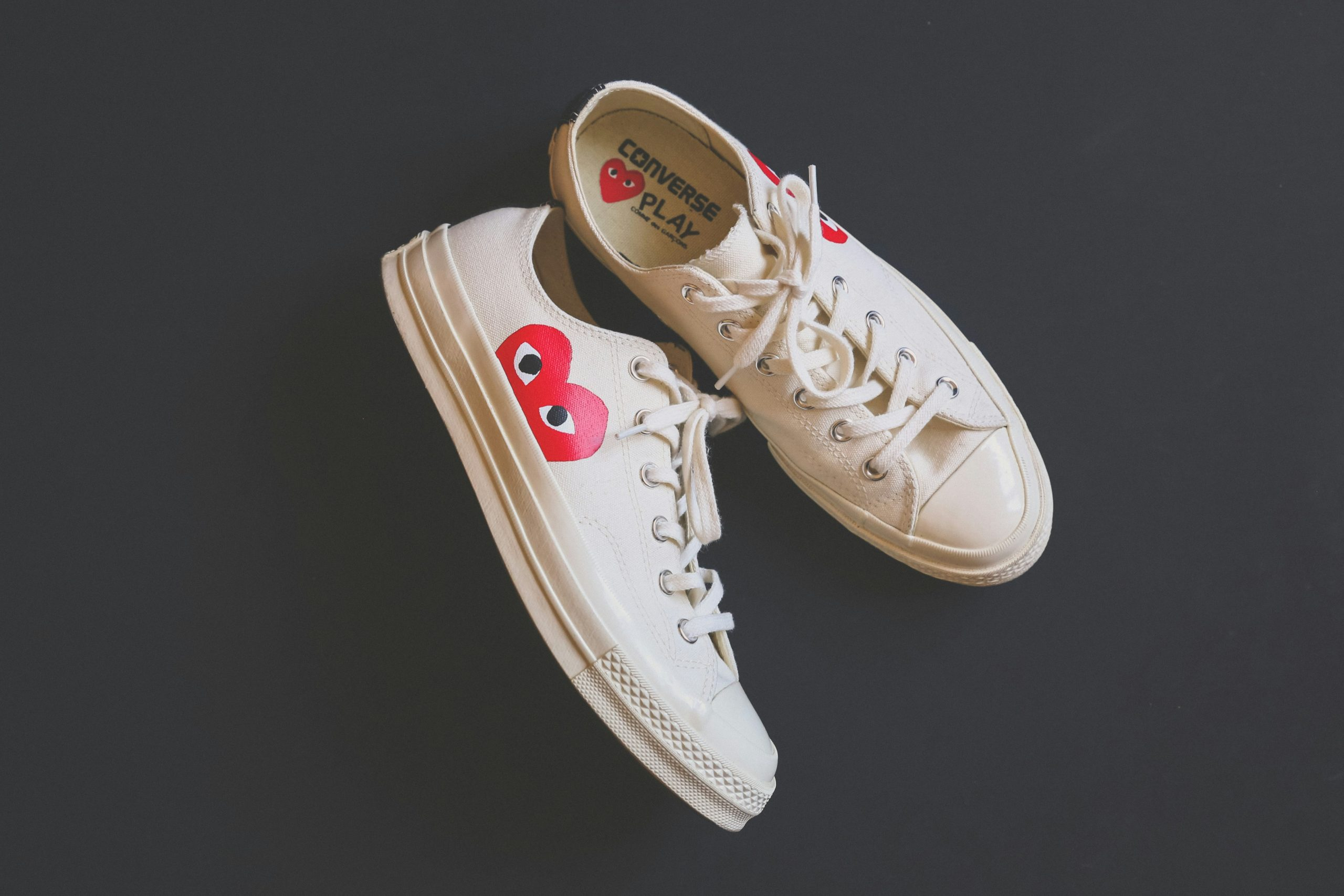AI Fashion Designers: Can Algorithms Out-Create Humans?
With the rise of artificial intelligence, it’s no surprise that AI has extended its reach into the world of fashion. While AI has already been used extensively in other industries such as healthcare and finance, its presence in fashion is still relatively new. One of the most interesting developments in this space is the emergence of AI fashion designers. These are algorithms that are trained to design and create pieces of clothing, making us wonder: can they out-create humans? In this article, we’ll take a closer look at AI fashion designers and explore the possibility of them surpassing human designers in the world of fashion.
The Evolution of AI in Fashion
The use of AI in fashion is not a new concept. In fact, the fashion industry has been utilizing technology to improve efficiency and creativity for years. However, in recent years, we’ve seen a significant shift towards AI-driven fashion design. From automated design software to virtual models and stylists, AI has been making its way onto fashion runways and into retail stores.
One of the pioneers in this space is Alexander McQueen’s creative director, Sarah Burton, who used AI technology to create a dress for the Met Gala in 2016. This dress was designed by feeding data from past McQueen collections and the late designer’s sketches into an algorithm, resulting in a unique and intricate piece that garnered much attention and praise. Since then, other fashion brands and designers have followed suit, incorporating AI into their design processes and even launching collections entirely designed by AI.
The Power of AI in Fashion
One of the main reasons why AI is becoming increasingly prevalent in the fashion industry is its ability to handle vast amounts of data and learn from it. These algorithms can analyze fashion trends, customer preferences, and even weather patterns to create designs that are on-trend and appealing to consumers. With AI, designers can also speed up the design process as these algorithms can generate numerous design options within a short period.
Another advantage of AI is its potential for customization. With algorithms, designers can create garments tailored to specific body types and preferences. This not only makes fashion more inclusive but also provides a personalized experience for consumers, resulting in increased satisfaction and loyalty.
The Limitations of AI in Fashion
While AI has shown great promise in fashion design, it’s important to note that there are still limitations to what these algorithms can do. One of the biggest challenges is the inability of AI to replicate the creativity and emotion that is often associated with human designers. The fashion industry is known for its ability to evoke emotions and tell stories through clothing, and it’s something that AI cannot replicate.
Additionally, AI still heavily relies on human input and data. This means that the designs produced by these algorithms are still very much influenced by human designers, and they may not be able to come up with entirely original ideas on their own.
The Future of AI Fashion Designers
The question of whether AI can out-create humans in fashion is a complex one. While AI has shown great potential in terms of efficiency and customization, it’s unlikely that it will completely replace human designers. However, the future of fashion is a partnership between humans and AI. With more data and advancements in technology, AI fashion designers can continue to improve and complement the work of human designers.
Conclusion
As technology continues to progress, it’s clear that AI will play an increasingly important role in the fashion industry. AI fashion designers may never be able to fully out-create humans, but they can certainly enhance the creativity and efficiency of designers. With a balance between the two, the possibilities for the future of fashion are endless.










